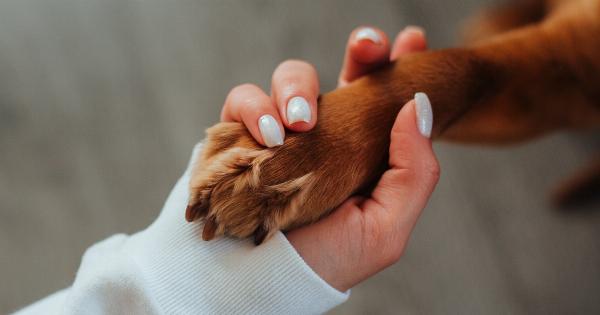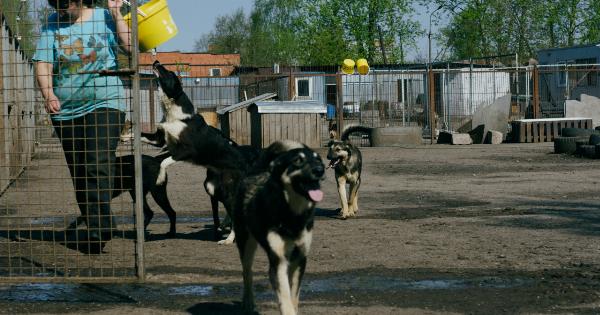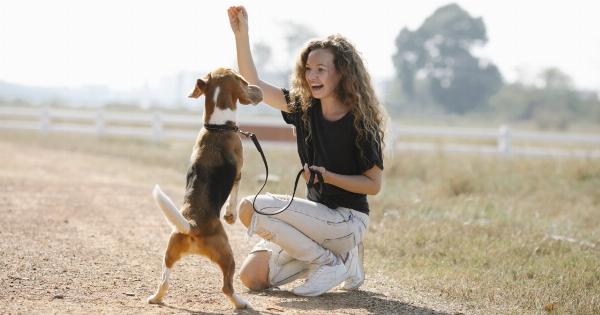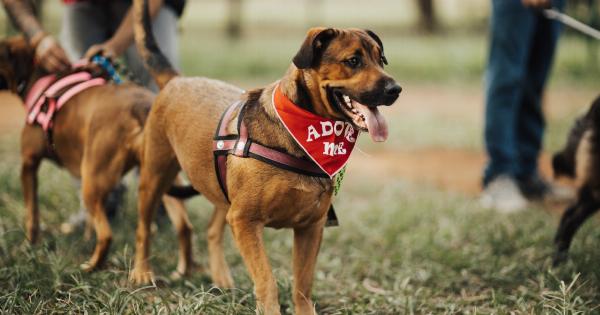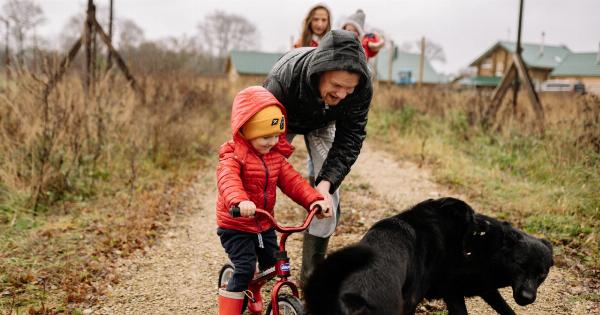Having a well-behaved dog is important for both the dog and the owner. It not only makes life easier but also strengthens the bond between the two. Teaching self-control to a dog is an essential aspect of good manners and obedience.
However, training a dog to exhibit self-control requires patience, consistency, and positive reinforcement. In this article, we discuss some tips and techniques to help you teach your furry friend the art of self-control.
Understanding Self-Control in Dogs
Self-control is the ability of a dog to resist the urge to do something that is not allowed or desirable. It can include things like staying calm when greeting other dogs, resisting the temptation to grab food from the table, or not jumping on people.
Lack of self-control can lead to behavior problems, which can become challenging to manage. Therefore, it is essential to teach your dog self-control from an early age.
Begin with Basic Commands
The foundation of teaching self-control to a dog is to start with basic commands such as “sit” and “stay”. These commands help in training your dog to be patient and calm.
Start with short training sessions of 10-15 minutes each day, and gradually increase the duration as your dog becomes more comfortable and proficient with the commands.
Teach Impulse Control
Impulse control is crucial for self-control in dogs. One way to teach impulse control is to use “wait” or “leave it” commands.
For example, during feeding time, put a bowl of food on the floor and ask your dog to “wait” before digging in. Similarly, if your dog tries to grab something it’s not allowed to have, use the “leave it” command and distract your dog with a toy or treat.
Practice Long-Distance Control
Long-distance control is another aspect of self-control. A well-behaved dog should be able to respond to commands even when they are at a distance. Start by calling your dog from a short distance and gradually increase the distance.
Reward your dog every time it responds to the command. Long-distance control is particularly useful when walking your dog off-leash in a park or in an open area.
Use Positive Reinforcement
Positive reinforcement is the most effective way to teach self-control to a dog. Dogs respond well to praise, treats, and toys. Whenever your dog exhibits self-control, reward it with a treat or praise. This will encourage the dog to repeat the behavior.
On the other hand, avoid punishment as it can lead to fear and anxiety, which can make self-control training more challenging.
Teach Relaxation Techniques
Teaching relaxation techniques can also help your dog exhibit self-control. Dogs often become agitated or overexcited, which can lead to lack of self-control.
Use calming cues such as “relax” or “settle down” and reward your dog when it responds correctly. You can also use music or white noise to help your dog relax.
Set Realistic Expectations
Teaching self-control to a dog is a gradual process that requires patience and consistency. Set realistic goals for your dog, and celebrate small victories. Remember that every dog is different, and some may take longer to learn than others.
Avoid setting unrealistic expectations as this can lead to frustration and disappointment.
Prevent Temptations
It is easier to teach self-control when you prevent temptations. For example, if your dog has a habit of jumping on people, avoid situations that may trigger this behavior.
Similarly, keep food and other items that may be tempting to your dog out of reach. Prevention is key to self-control training.
Remain Calm and Patient
Lastly, remaining calm and patient is essential when training your dog. Dogs can sense our emotions, and if we become frustrated or anxious, it can affect the training sessions.
Always approach training with a calm and positive attitude and avoid yelling or punishing your dog. Remember that self-control training is a journey, and it takes time and effort to see results.

